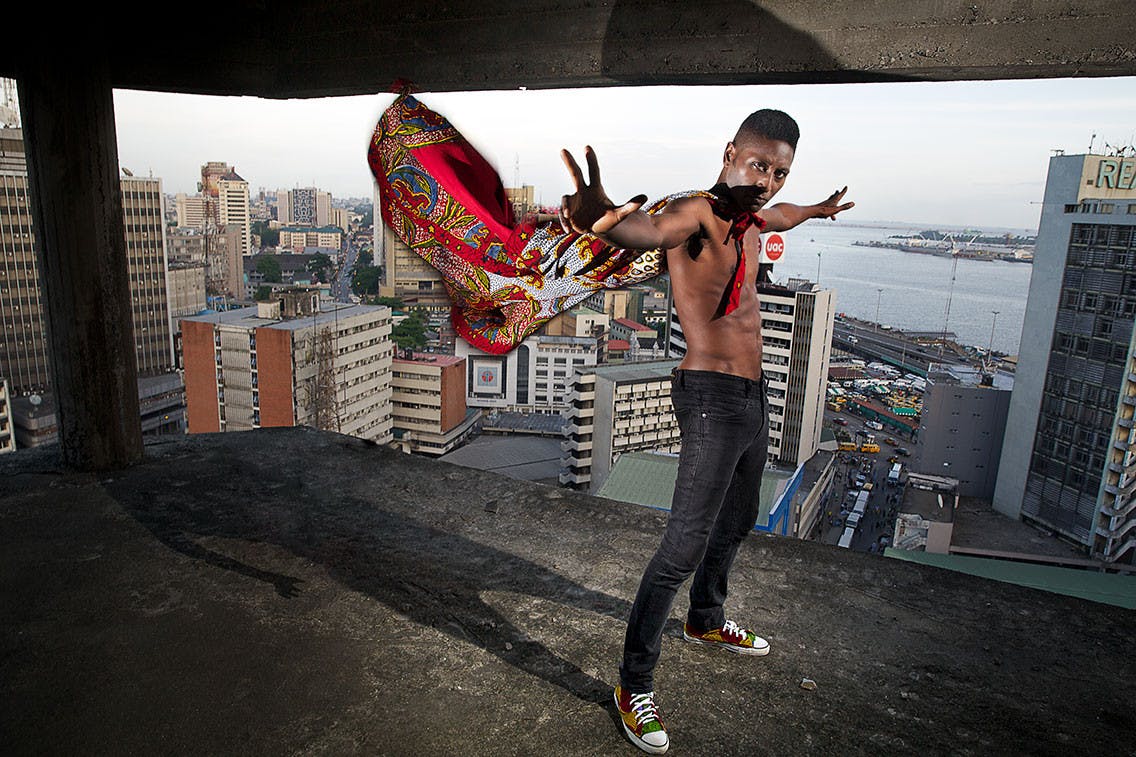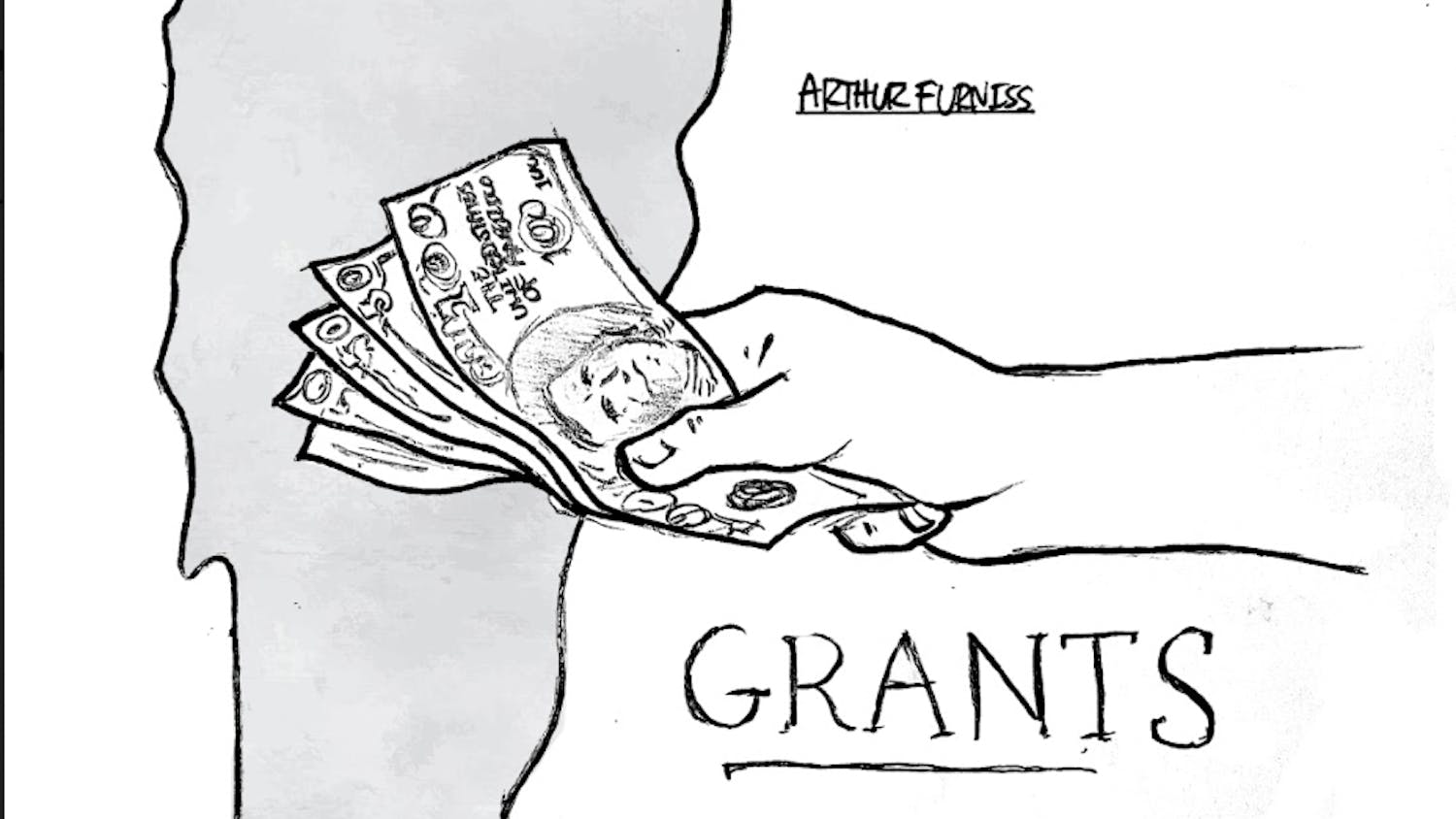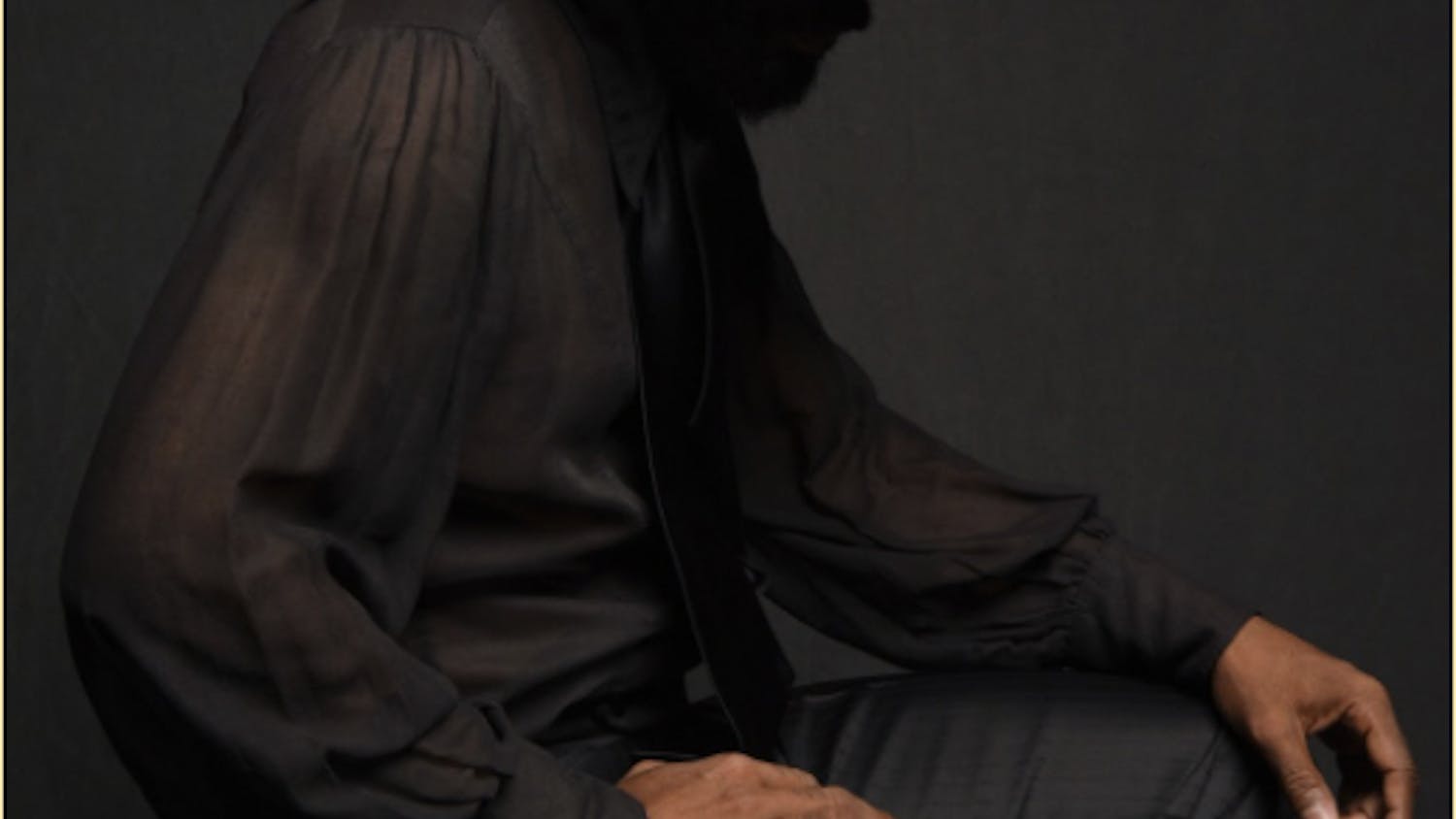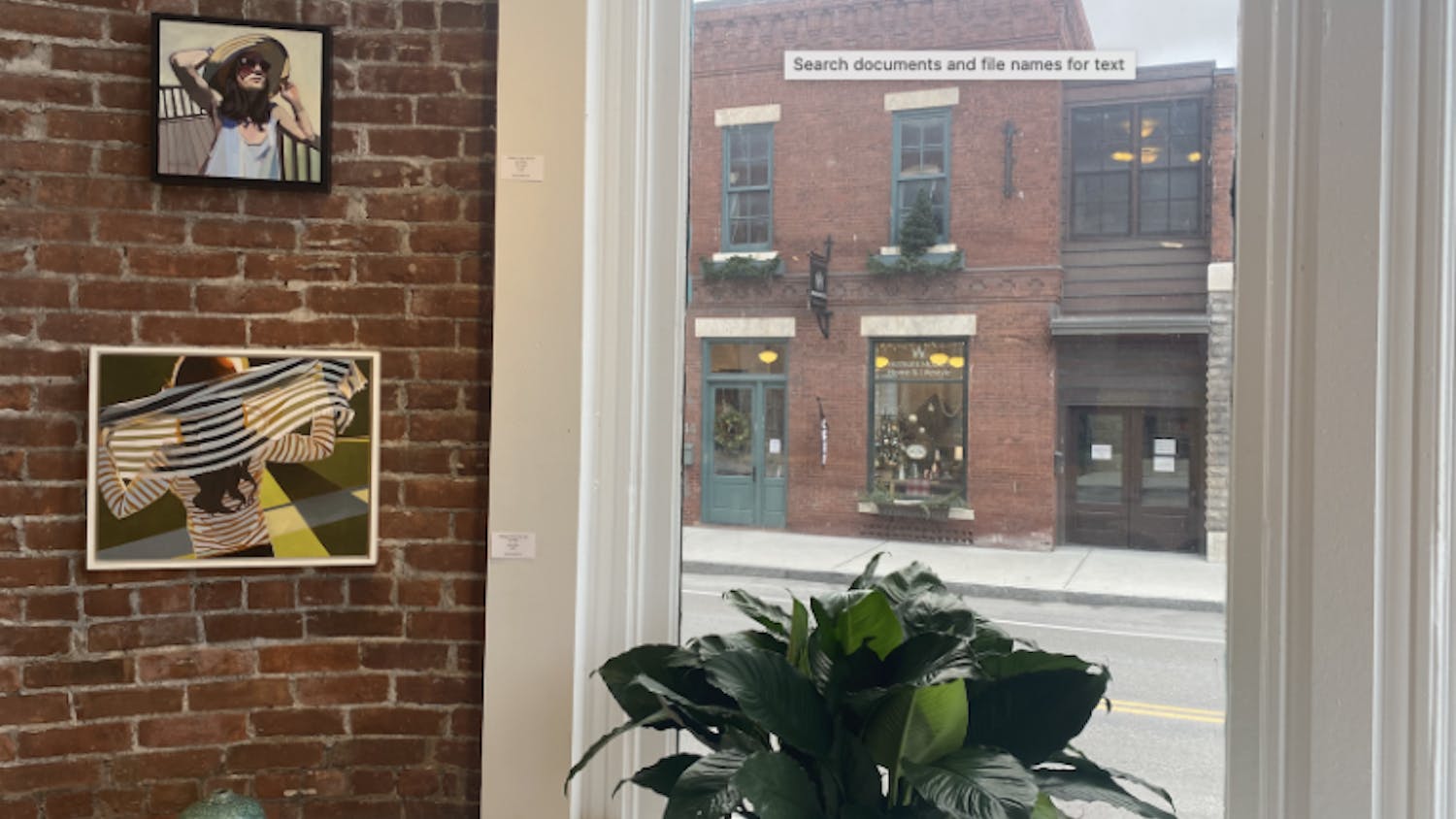The Middlebury College Museum of Art opened its new exhibit, “Urban Cadence: Street Scenes from Lagos, Nigeria and Johannesburg, South Africa” on March 2. The traveling collection, on exhibition through the spring, consists of around 60 photographs and videos from nine different artists. Created by the Gund Gallery at Kenyon College and Touring Exhibitions of Contemporary Artists of Africa (TECAA), “Urban Cadence” challenges the viewer to explore Lagos and Johannesburg through stories that touch on migration, labor, desperation, success and the quickening speed of daily life as a result of widespread industrialization. The gallery is curated by Professor Carol Magee of the University of North Carolina at Chapel Hill, but it is accompanied by historical context and music assembled by Middlebury faculty and students.
The show’s opening was inaugurated with a cocktail hour and a short performance by the Middlebury Afropop Band. At the event, numerous speakers mentioned how the new exhibit fit into the museum’s renewed effort to feature diverse creators and to increase the accessibility of the institution. During the installation and curation process, faculty specializing in African history and culture across departments were consulted to create labels for the pieces and design the displays.
The exhibit’s theme focuses on the fast pace and the constantly-changing landscapes that define life in a rapidly-growing metropolis. The collection’s six pieces by the South African photographer Jo Ratcliffe embody this motion perfectly. Her photographs confront the viewer with dizzying multi-exposure images of Johannesburg. The landscapes she photographs aptly visualize the wide-reaching influence of apartheid and constant migration. “The Fort, Constitutional Hill, Kotze St., HILLBROW” captures an apartheid-era prison alongside the constitutional court and an immigrant-heavy neighborhood that flanks it. Her work reminds audiences how numerous stories, including ones of migration, success and past oppression, can intertwine seamlessly in a cityscape.

Another featured artist, Kelechi Amadi-Obi, provides an upbeat, humorous angle to the exhibit. In the “Captain Rugged” series, Amadi-Obi’s photographs portray a superhero, the alter ego of musician Keziah Jones, who, according to the exhibit’s artist commentary, is, just as Batman is for Gotham,“for Lagos.” Captain Rugged is seen posing on top of a batmobile-style car, an unfinished skyscraper and a minibus winding through residential neighborhoods. The photos are intensely saturated with color and chock-full of Superman references, conveying warmth and a sense of hope. However, Amadi-Obi’s photographs, in combination with Jones’ music, create something distinctly Lagosian: The hero’s cape is decorated with a traditional Nigerian pattern and his music draws heavily from the city’s unique subculture. The need for representative media, like the “Captain Rugged” series, is imparted by the exhibit’s large informational posters. They remind the viewer that, due in part to a population boom, the need for art that speaks to the African experience is ever-growing. Johannesburg and Lagos, it says, “have more than doubled in population over the past two decades.”
The exhibit, containing both unmistakable beauty and themes of demographic change, demands to be seen. Jaqueline Tran ’24, a student monitor, notes that the museum is only now beginning to return to a pre-Covid-19 level of operation, but she hopes that the museum will soon begin bringing in a wider range of students. Hopefully, “Urban Cadence” will attract curiosity, bring the museum further toward its representation goals and increase the community's awareness of all that the museum has to offer.




